I am going through pandas groupby docs and when I groupby on particular column as below:
df:
A B C D
0 foo one -0.987674 0.039616
1 bar one -0.653247 -1.022529
2 foo two 0.404201 1.308777
3 bar three 1.620780 0.574377
4 foo two 1.661942 0.579888
5 bar two 0.747878 0.463052
6 foo one 0.070278 0.202564
7 foo three 0.779684 -0.547192
grouped=df.groupby('A')
grouped.describe(A)
gives
C ... D
count mean std ... 50% 75% max
A B ...
bar one 1.0 0.224944 NaN ... 1.107509 1.107509 1.107509
three 1.0 0.704943 NaN ... 1.833098 1.833098 1.833098
two 1.0 -0.091613 NaN ... -0.549254 -0.549254 -0.549254
foo one 2.0 0.282298 1.554401 ... -0.334058 0.046640 0.427338
three 1.0 1.688601 NaN ... -1.457338 -1.457338 -1.457338
two 2.0 1.206690 0.917140 ... -0.096405 0.039241 0.174888
what 25%,50%,75% signifies when described? a bit of explaination please?
